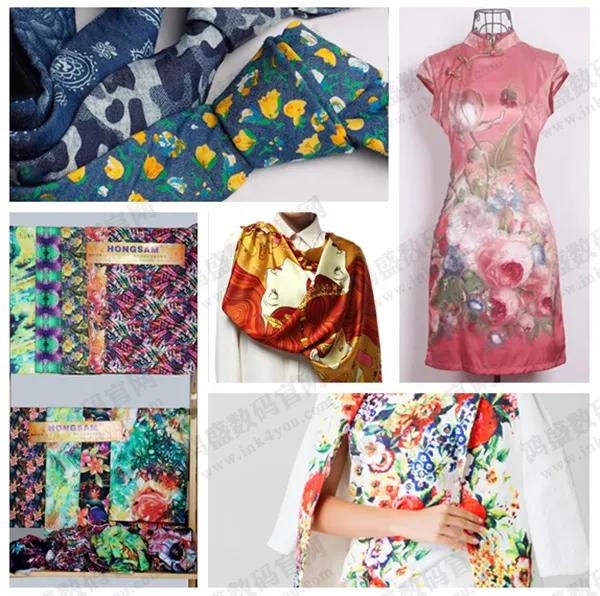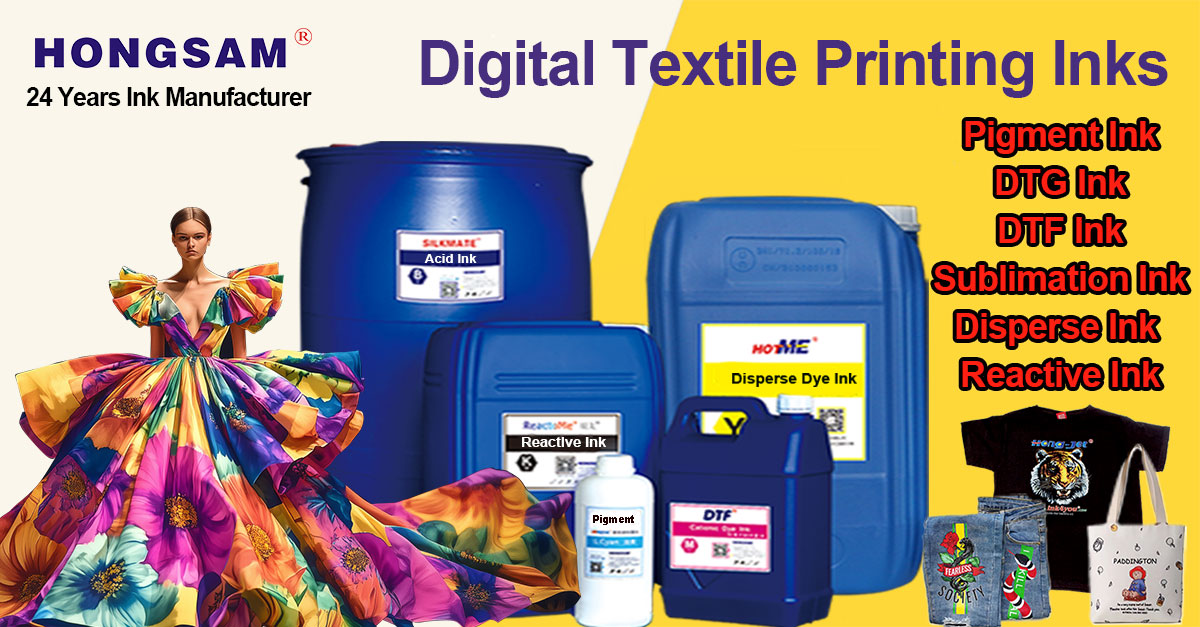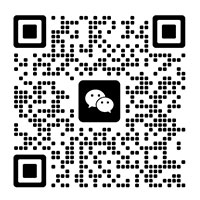According to relevant data statistics, the global cotton production will be around 25 million tons by 2025. Among them, China's cotton production is close to 6 million tons, ranking second in the world, only behind India. Cotton is one of the main raw materials in the textile industry, mainly used to make clothing and home textile products. Clothing and home textiles made of cotton are highly favored by people due to their excellent moisture absorption, breathability, and warmth retention.
With the gradual improvement of people's living standards, single color textiles are increasingly unable to meet people's pursuit of personalization. Printed textiles with complex patterns and diverse colors are usually people's first choice. Reactive printing is one of the main printing methods for pure cotton textiles.
Reactive printing refers to a printing process that uses reactive dyes to print patterns on cellulose fibers and protein fibers, usually through flat screen, circular screen, and digital inkjet printing. Then, exquisite printed products are obtained through processes such as steaming and washing.

With the gradual maturity of active digital printing technology, active digital printing is gradually replacing traditional flat screen, rotary screen and other printing methods. As early as many years ago, HONGSAM had foreseen that the textile industry would inevitably become digitized, so it launched ReactoMe® Reactive dye ink. ReactoMe® Reactive dye ink has excellent fastness, beautiful color performance, and ultra-high printhead safety, and can be adapted to mainstream nozzles such as Kyocera KJ4B series, Epson i3200/S3200, Ricoh Gen5/Gen6, StarFire 1024 series, KM1024 series, etc. At the same time, ReactoMe® reactive ink has passed the authoritative certification of Kyocera and the ECO-PASSPORT (Environmental Passport) from the OEKO-TEX organization in Switzerland.
Due to sufficient understanding of the printing and dyeing industry, in order to adapt to the printing needs of different fabrics and meet customers' color requirements, HONGSAM has launched a variety of color schemes (K, VSK, C, HC, M, Y, R, RM, B, OR, LM, GY) for customers to choose from. Active digital printing has the advantages of no need for plate making, no spending restrictions, and fast return for small orders. The market share of digital printing is increasing year by year. At the same time, due to the improved processing efficiency of digital printing, fabric stores do not need to stock up in advance, so the business model of the textile printing industry is quietly changing. It is believed that digital printing will replace traditional printing as the most mainstream printing method in the textile industry in not too long.
 Jun 10,2025
Jun 10,2025










